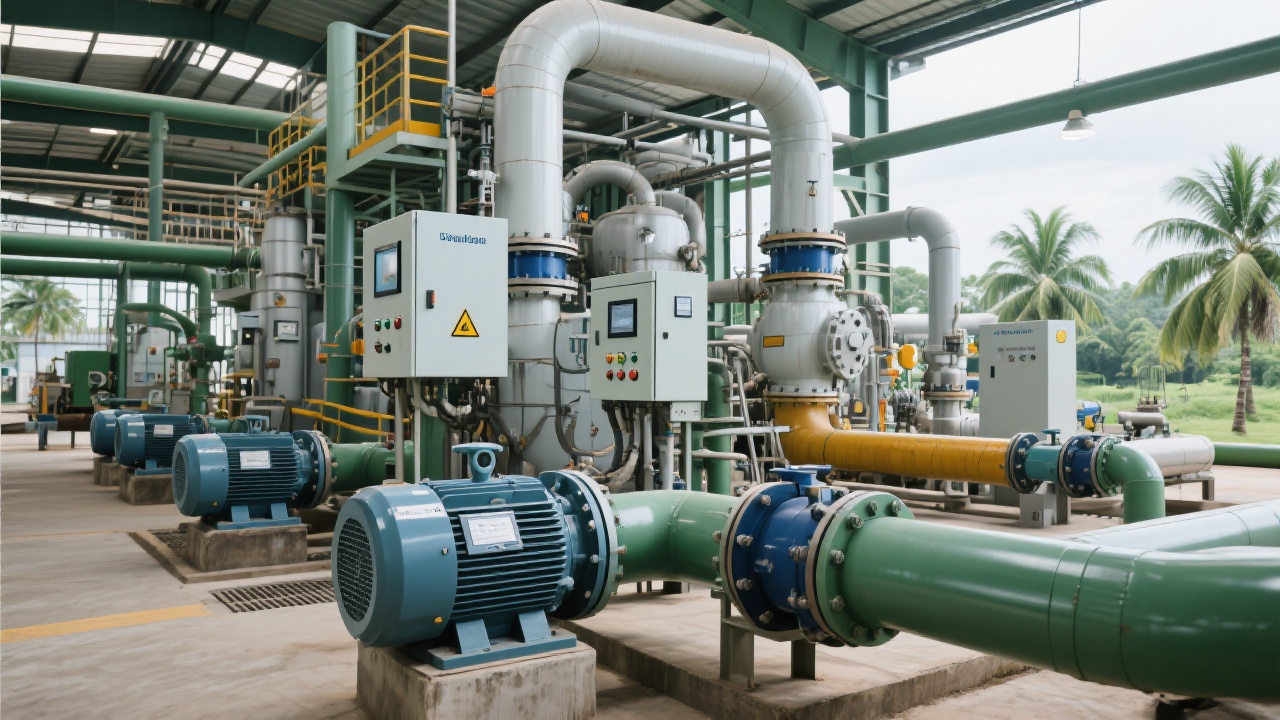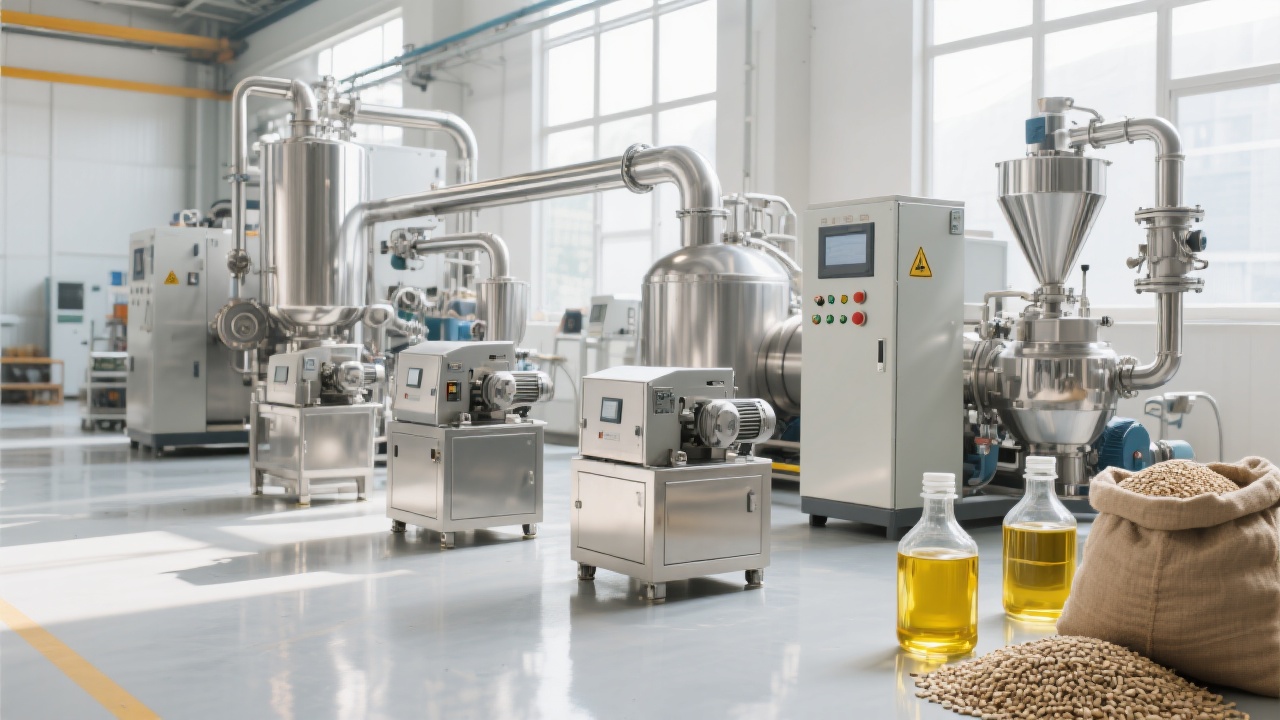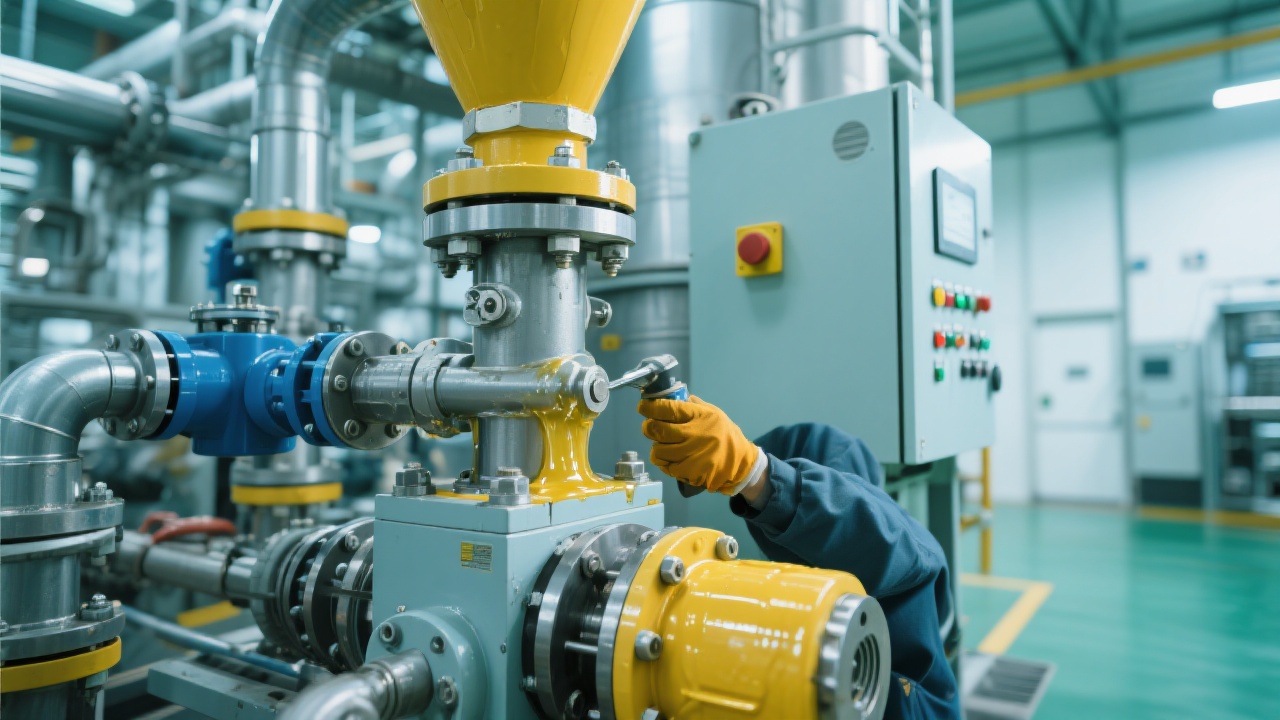
The global sesame oil market demands not only superior product quality but also sustainable, efficient production practices. Penguin Group’s state-of-the-art automated sesame oil production lines present a comprehensive solution tailored for export-oriented enterprises seeking to upgrade capacity while consistently maintaining premium product standards. This article delves into the critical technologies that underpin these lines—from raw material preparation through to final automated bottling—highlighting how full-closed production systems and automated controls enhance operational continuity, product safety, and energy efficiency.
The production chain starts with rigorous raw sesame seed cleaning, employing multi-stage vibrating sieves and magnetic separators that eliminate impurities to meet international export health standards. Next, precision drying units stabilize moisture content around 6-7%, essential for optimal oil extraction efficiency.
The core phase involves advanced cold-press extraction leveraging variable frequency drives (VFDs) for consistent pressure control, which increases oil yield by up to 12% compared to traditional methods. Inline filtration modules ensure particulate removal, affording clarity with less than 2 NTU turbidity, guaranteeing high-quality output ready for direct consumer use.
The entire production is capped by an automatic filling and sealing system capable of handling bottles ranging from 250ml to 5L with a throughput of 2000 bottles per hour, substantially cutting labor costs and minimizing contamination risks.

Penguin Group's production lines incorporate an integrated PLC-based automation platform that monitors key parameters—temperature, pressure, and flow rates—with sensors delivering real-time data. This closed-loop feedback mechanism maintains process stability with variance below ±1%, resulting in uniform oil quality batch after batch.
Additionally, the adoption of a full-sealed production environment curtails oxidation and microbial contamination risks, critical to satisfying stringent export certifications such as ISO 22000 and HACCP standards.

Addressing rising energy costs and environmental regulations, the production line integrates energy-saving components like high-efficiency motors, variable speed drives, and waste heat recovery systems. These improvements collectively lower power consumption by approximately 18%, while optimizing throughput by up to 25% compared to legacy equipment.
Water usage is also minimized through closed-loop rinsing circuits, reducing waste-water discharge volume by 40%, aligning production with global sustainability goals.

Technical obstacles like seed quality variability and clogging risks in filtration units are mitigated through adaptive control algorithms and modular design allowing rapid component substitution. Penguin Group’s technical teams work closely with clients to customize configurations, ensuring quick troubleshooting and minimizing downtime—achieving typical uptime ratios exceeding 96%.
Consistent adherence to industry-leading processes allows enterprises to maintain batch traceability and regulatory compliance, positioning their sesame oil as a trusted export commodity.
| Key Metrics | Before Automation | After Automation |
|---|---|---|
| Oil Yield (%) | 42.5 | 47.7 |
| Labor Hours / 1000L | 12.0 | 5.5 |
| Energy Consumption (kWh/1000L) | 150 | 123 |
| Downtime (%) | 12 | 4 |
Harness the power of innovation with Penguin Group’s automated sesame oil production line solutions — expertly engineered to help exporters realize higher capacity, improved quality, and sustainable operations.
Discover How to Upgrade Your Sesame Oil Production Capacity Today

